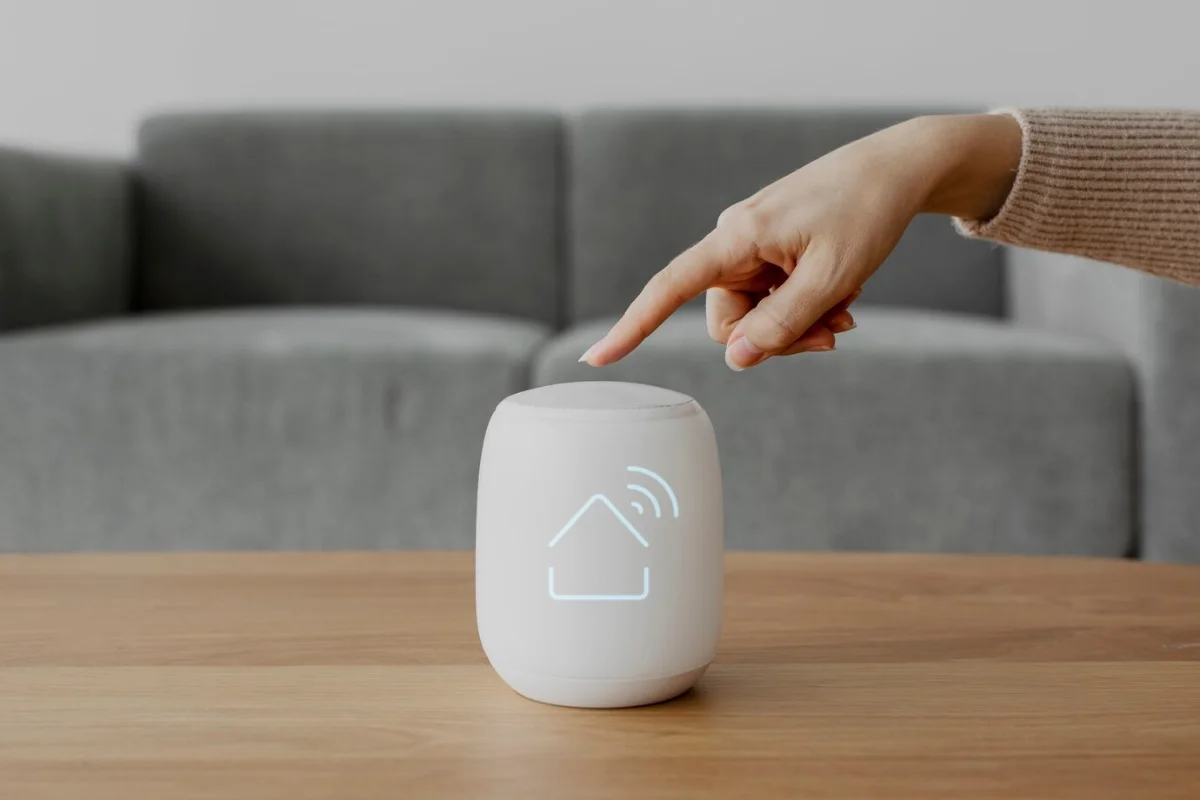The E-commerce Blog

The Future of Shopping: Voice-Activated Purchases
The way we shop has transformed dramatically over the past decade, with e-commerce becoming an essential part of daily life. Now, a new technological advancement is reshaping retail: voice-activated shopping. Smart devices like Amazon Alexa, Google Assistant, and Apple Siri are changing how we shop. Now, consumers can buy products just by using voice commands.
Voice commerce is no longer a futuristic concept—it is happening now. According to a study by Juniper Research, voice-based shopping is expected to exceed $80 billion in revenue by 2023. Consumers are using smart speakers and virtual assistants more often. Businesses need to adapt to this trend to remain competitive.
This article will look at voice commerce in retail. It will cover its benefits for businesses and consumers. It will also discuss challenges in implementation. Lastly, it will offer strategies to optimise e-commerce platforms for voice shopping. No matter if you’re a retailer, marketer, or tech fan, knowing voice-activated shopping is key today.
The Rise of Voice-Activated Shopping

The Growing Popularity of Smart Devices
Smart speakers and voice assistants are now a staple in many households. The adoption of smart home devices has surged, with reports indicating that over 55% of U.S. households will own a smart speaker by 2025. The UK is also seeing a significant rise in voice-enabled devices, with millions of consumers using voice commands daily.
Several factors contribute to this growth:
- Hands-free convenience: Lets users shop while doing other tasks. They can shop while cooking, driving, or exercising.
- Faster transactions – Voice commands make it easier to browse, search, and add items to carts.
- Better AI accuracy – New natural language processing (NLP) helps voice assistants understand commands more clearly.
Key Players in Voice Commerce
Tech giants are investing heavily in voice commerce. This is making it easier for consumers to purchase through their ecosystems:
- Amazon Alexa – Integrates with Amazon’s retail platform. It allows users to reorder previous purchases and discover new deals.
- Google Assistant – Offers seamless shopping through Google Shopping and third-party retailers.
- Apple Siri – Enables purchases via Apple Pay and other partner platforms.
- Samsung Bixby – Focuses on integrating shopping capabilities with Samsung devices.
Retailers need to adjust their strategies as companies improve voice commerce.
How Voice Commerce is Changing Retail
1. Enhancing Customer Experience
Voice commerce creates a seamless and intuitive shopping journey. Consumers no longer need to type keywords into search bars. Instead, they can say, “Hey, Alexa, order a pack of organic green tea,” and have the order placed instantly.
Other benefits include:
- Faster checkout – Voice recognition simplifies transactions and reduces abandoned carts.
- Personalised recommendations – AI-driven voice assistants provide tailored suggestions based on past purchases.
- Accessibility – People with disabilities or vision impairments can shop independently using voice commands.
2. Expansion of Subscription-Based Shopping
Voice commerce is particularly effective for recurring purchases. Consumers can easily reorder essential items such as groceries, toiletries, and pet food. This is a chance for businesses to promote subscription-based shopping. It helps boost customer retention and loyalty.

3. Integration with IoT and Smart Homes
The integration of voice commerce with the Internet of Things (IoT) is creating a smarter retail ecosystem. Imagine a smart fridge notifying you when you are out of milk and placing an order automatically through voice command. Such innovations enhance consumer convenience and drive automated sales for businesses.
Challenges in Implementing Voice Commerce
While voice-activated shopping offers several benefits, it also presents some challenges:
1. Limited Search Visibility
Traditional e-commerce is where users see multiple product options. Voice search often returns only the top result. This means businesses must optimise their listings for voice search SEO to ensure visibility.
2. Security and Privacy Concerns
Consumers worry about data security and voice recordings being stored. Retailers need to address these concerns by implementing:
- Strong encryption for transactions
- Transparent data policies
- Voice authentication technologies
3. Complex Purchasing Decisions
Voice commerce works well for easy, repeat buys. However, it’s not great for complicated choices, like picking a laptop or furniture. Businesses should mix voice commerce with traditional browsing. This creates a hybrid shopping experience.
Strategies for Optimising E-Commerce for Voice Search
1. Implementing Voice Search SEO
To rank in voice search results, businesses must:
- Use conversational keywords (e.g., “Where can I buy organic coffee?” instead of “organic coffee store”).
- Optimise product descriptions for featured snippets.
- Provide detailed FAQs with natural, voice-friendly responses.
2. Enhancing Mobile and App Integrations
Since many voice searches occur on mobile devices, ensure that:
- Websites are mobile-friendly and load quickly.
- Shopping apps have voice-enabled features for seamless integration.
- Users can easily switch between voice and text-based interactions.
3. Leveraging AI and Personalisation
Retailers should use AI-driven analytics to predict customer preferences and tailor recommendations. AI chatbots with voice capabilities can also assist users in their shopping journey.
4. Partnering with Smart Device Ecosystems
Brands should team up with Amazon, Google, and Apple. This will help make their products easy to access on voice-enabled devices.
The Future of Voice Commerce
1. Increased Adoption of Voice-Powered Shopping
As AI and NLP technologies improve, voice shopping will become more accurate and widely adopted. More businesses will integrate voice capabilities into their platforms to meet consumer demand.
2. Growth in AI-Powered Virtual Shopping Assistants
Virtual assistants will evolve beyond simple transactions to become AI-powered personal shoppers. It will provide product recommendations based on lifestyle preferences.
3. Expansion into New Retail Sectors
Currently, voice commerce is popular in groceries, electronics, and household essentials. Fashion, beauty, and luxury goods will soon use voice search to engage customers better.
Voice Shopping: The Next Frontier in Retail Innovation
Voice commerce is changing retail. It offers a convenient, personalised, and hands-free shopping experience. More consumers are using smart devices, so businesses must change their strategies. This helps them stay competitive in e-commerce.
Retailers need to excel in this new era. They should prioritise voice search optimisation, integrate AI, and create seamless user experiences. The future of shopping is all about voice. Those who adapt early will enjoy the rewards of this change.
If you’re a retailer, it’s time to invest in voice commerce. Voice-activated shopping technologies can help your brand stay relevant. Ready to get started? Explore our voice commerce solutions today!









